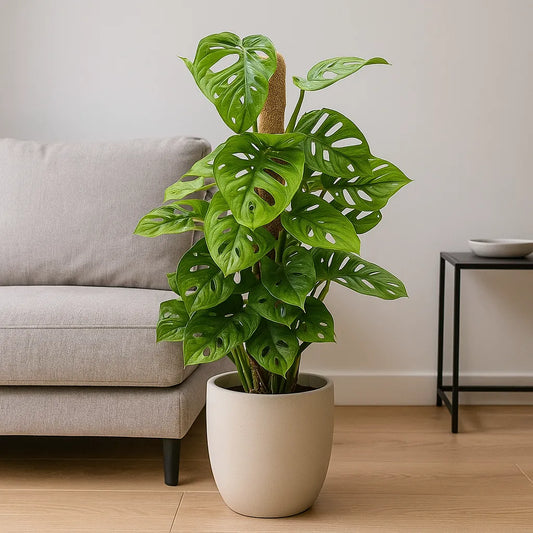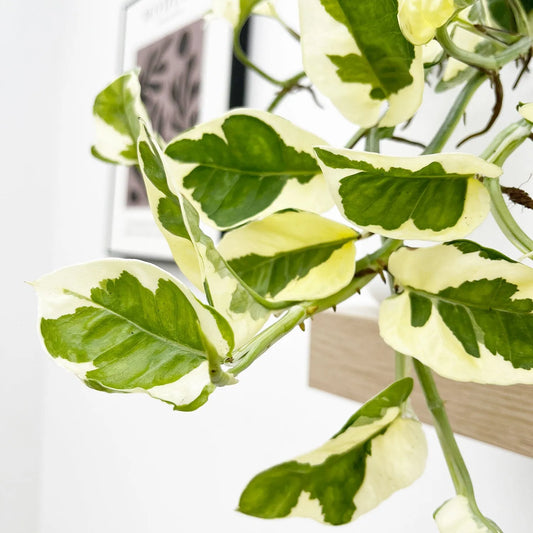Beginner's guide to Perennial plants
Welcome to the fascinating world of perennial plants! As a gardener, plant enthusiast, or simply an individual with an interest in flora, understanding perennial plants can deepen your appreciation for the natural world. In this blog post, we will explore the world of perennial plants, delve into their characteristics, discuss their advantages and disadvantages, and learn how to care for them. So, let's get started!
What is a Perennial Plant?
A perennial plant is a type of plant that lives for more than two years. Unlike annuals, which complete their life cycle within a single growing season, perennials persist for multiple years. These plants typically produce new growth each year from a persistent root system, allowing them to establish a more permanent presence in gardens and landscapes.
Types of Perennial Plants:
Perennial plants can be categorized into three main types:
- Herbaceous perennials: These plants die back to the ground in winter and regrow from their roots in spring. Examples include hostas, daylilies, and echinacea.
- Woody perennials: These plants maintain a woody structure above ground throughout the year. Examples include trees, shrubs, and some vines.
- Semi-evergreen or semi-deciduous perennials: These plants partially lose their leaves during winter or periods of dormancy. Examples include some ferns and certain grasses.
Characteristics of Perennial Plants:
Perennials exhibit a range of characteristics that make them unique and attractive additions to any garden or landscape.
Some of the most notable characteristics include:
- Longevity: Perennials can live for several years, with some even lasting for decades or centuries.
- Root systems: Perennials often develop extensive root systems that help them access water and nutrients, making them more resilient during dry or challenging conditions.
- Seasonal interest: Many perennials offer visual interest throughout multiple seasons, providing colorful blooms, interesting foliage, and/or striking seed heads or fruit.
- Adaptability: Perennials can be found in various habitats, ranging from sunny meadows to shady woodlands, demonstrating their ability to adapt to different environmental conditions.
- Pollinator attraction: Many perennial plants are excellent sources of nectar and pollen for pollinators like bees, butterflies, and hummingbirds, making them valuable additions to wildlife-friendly gardens.
Advantages of Perennial Plants:
- Lower maintenance: Once established, perennials typically require less maintenance compared to annuals, as they do not need to be replanted each year.
- Soil health: Perennials help improve soil health by preventing erosion, increasing organic matter, and promoting beneficial microbial activity.
- Sustainability: Perennial plants contribute to more sustainable landscapes by reducing the need for chemical fertilizers and pesticides and conserving water.
- Biodiversity: Planting a variety of perennials can promote biodiversity in your garden or landscape, creating a balanced ecosystem that supports a wide range of plant and animal life.
- Year-round interest: Perennials offer visual interest throughout the year, with some plants showcasing vibrant foliage, flowers, or unique features during specific seasons.
Disadvantages of Perennial Plants:
- Slower establishment: Perennials may take longer to establish and reach their full potential compared to annuals, sometimes requiring a few seasons to fully mature.
- Disease susceptibility: Some perennial plants can be more susceptible to specific diseases or pests, which may require ongoing attention and care.
- Limited blooming periods: While perennials can offer year-round interest, their bloom times may be shorter compared to annuals. However, this can be offset by selecting a diverse range of perennials with different bloom times.
Caring for Perennial Plants:
- Site selection: Choose the appropriate location for each perennial plant based on its specific light, soil, and moisture requirements.
- Planting: Plant perennials during their dormant season, usually in fall or early spring, to encourage strong root development.
- Watering: Water newly planted perennials regularly until established. Once established, water as needed based on the plant's specific requirements.
- Mulching: Apply a layer of organic mulch around the base of perennial plants to help conserve moisture, regulate soil temperature, and suppress weeds.
- Pruning: Prune dead or damaged foliage and spent blooms, and trim back plants as needed to encourage healthy growth and maintain a tidy appearance.
- Fertilization: Apply a slow-release, balanced fertilizer to perennials as needed based on the specific plant's requirements. Avoid over-fertilizing, as this can lead to excessive growth and reduced flowering.
- Pest and disease management: Regularly inspect your perennials for signs of pests or diseases, and treat problems promptly using environmentally-friendly methods whenever possible.
- Division and propagation: Many perennial plants can be divided and propagated to create new plants. This can help control the size and spread of the original plant, as well as provide additional plants for your garden or to share with friends and neighbors.
Perennial plants offer a multitude of benefits, making them a valuable addition to any garden or landscape. With their ability to adapt to various conditions, provide year-round interest, and support a diverse range of wildlife, perennials are an essential component of a well-rounded and sustainable garden. By understanding the unique characteristics and needs of these enduring beauties, you can create a thriving, dynamic, and ecologically-conscious outdoor space that will be enjoyed for years to come.











Leave a comment
Please note, comments need to be approved before they are published.